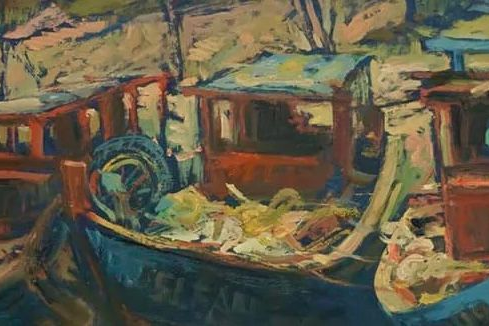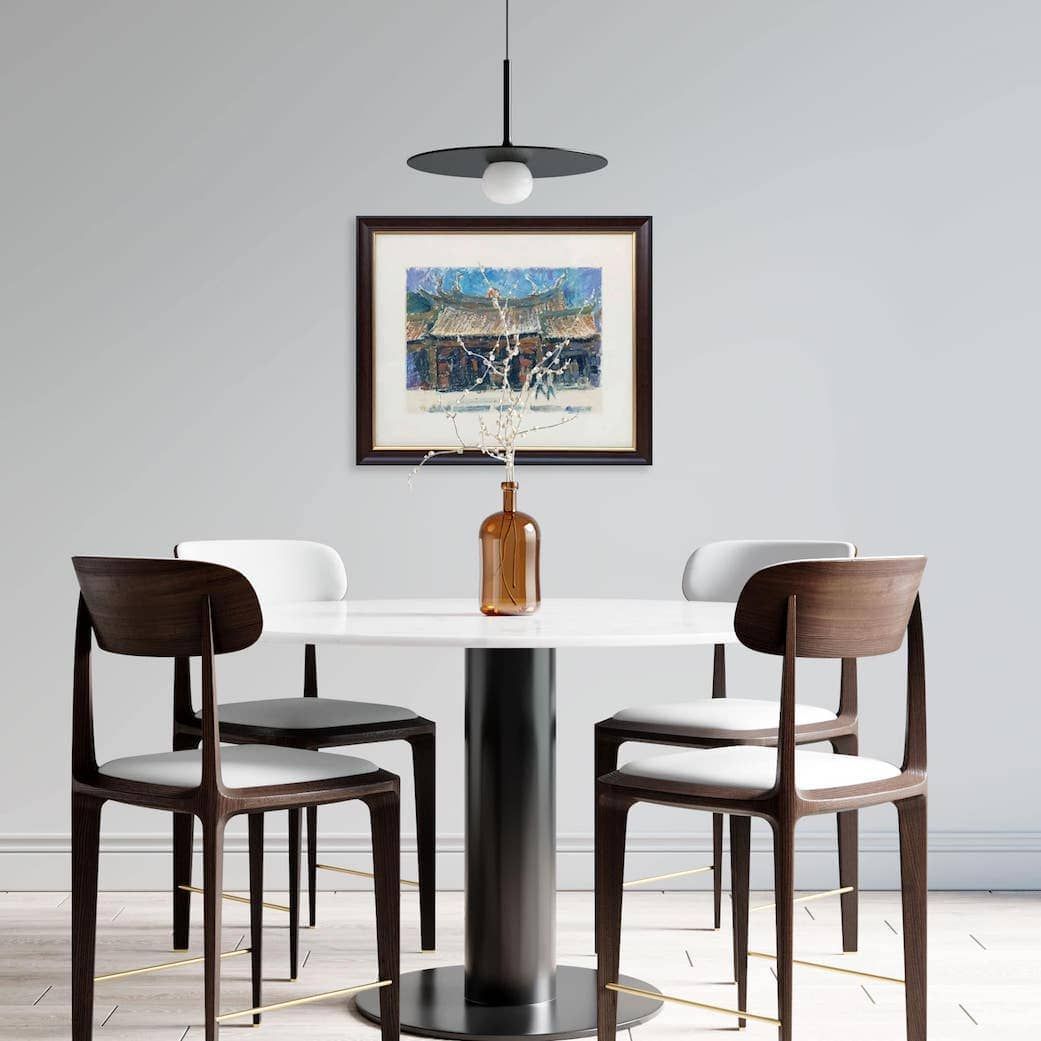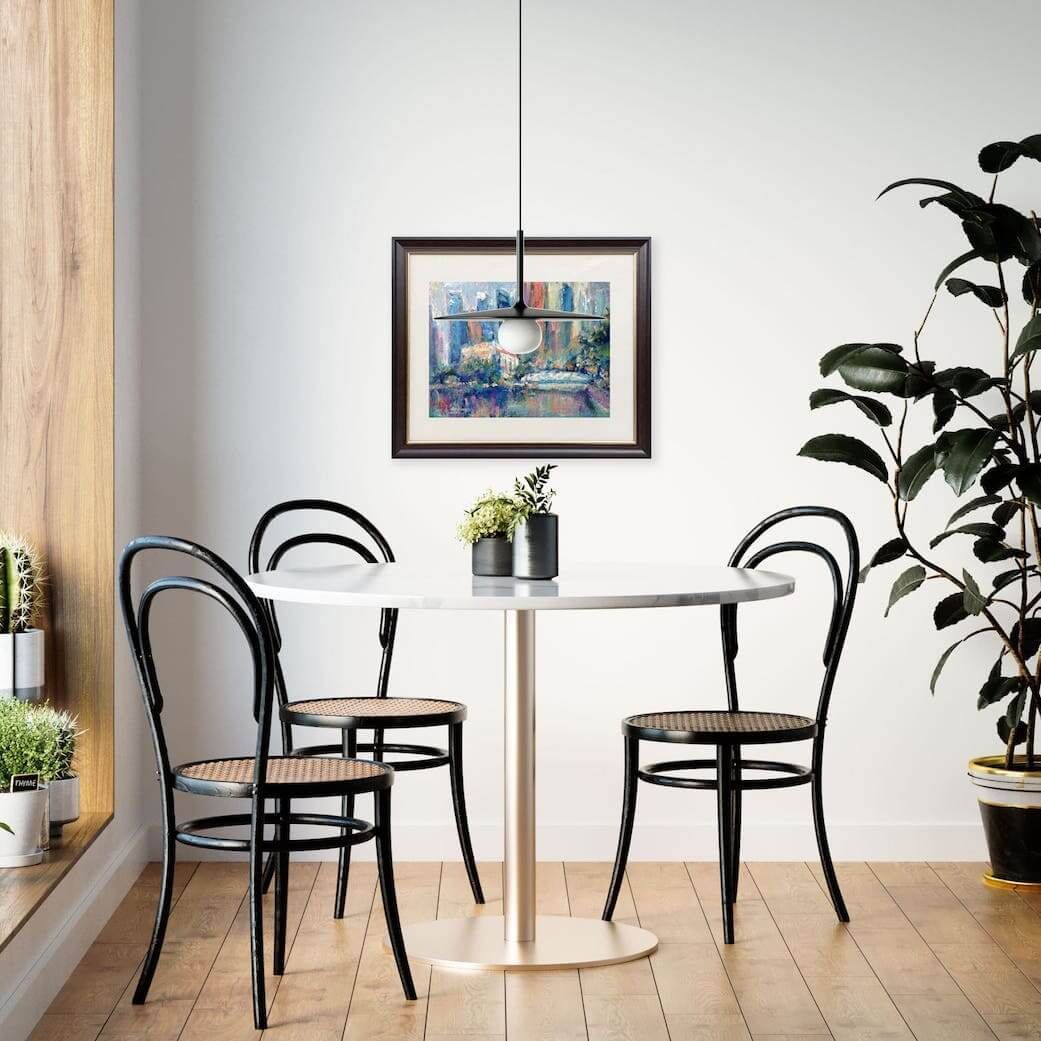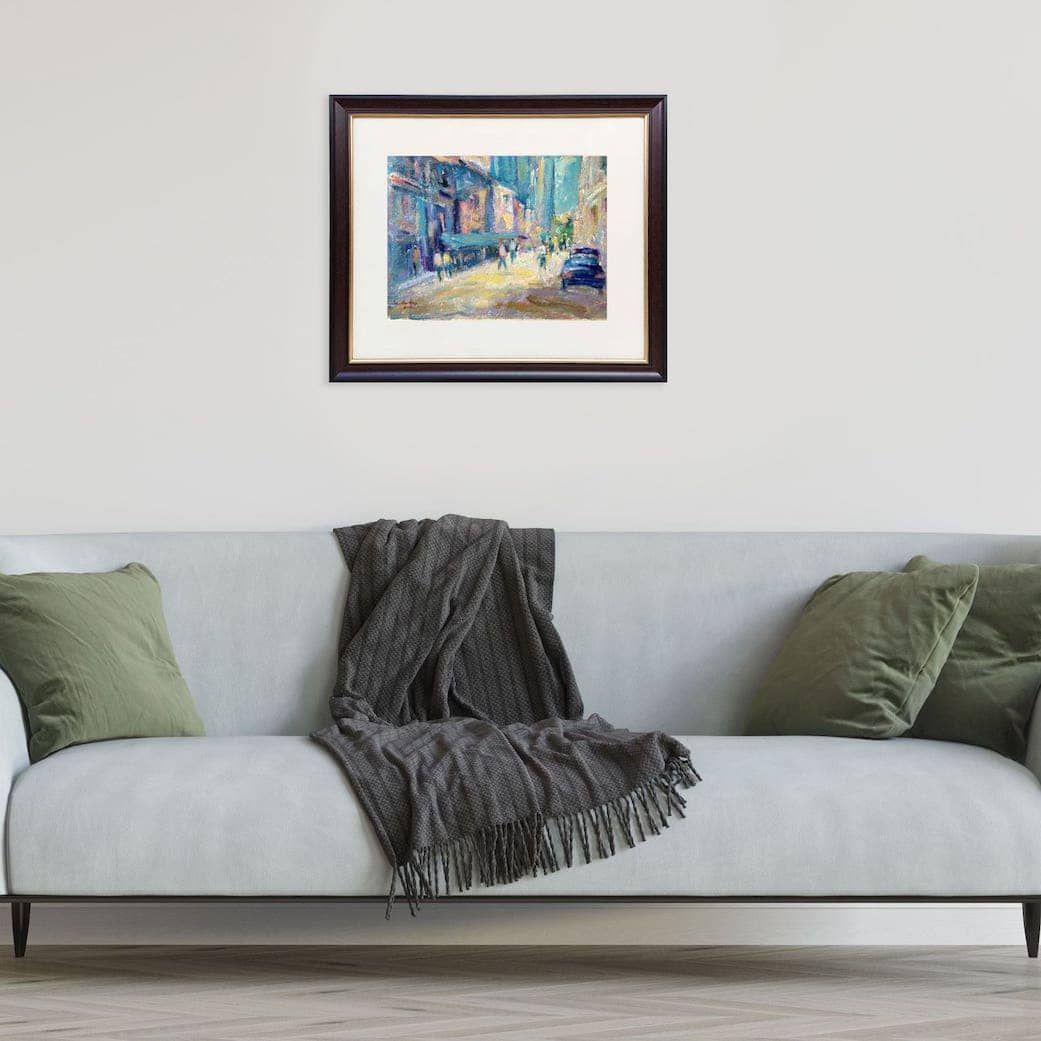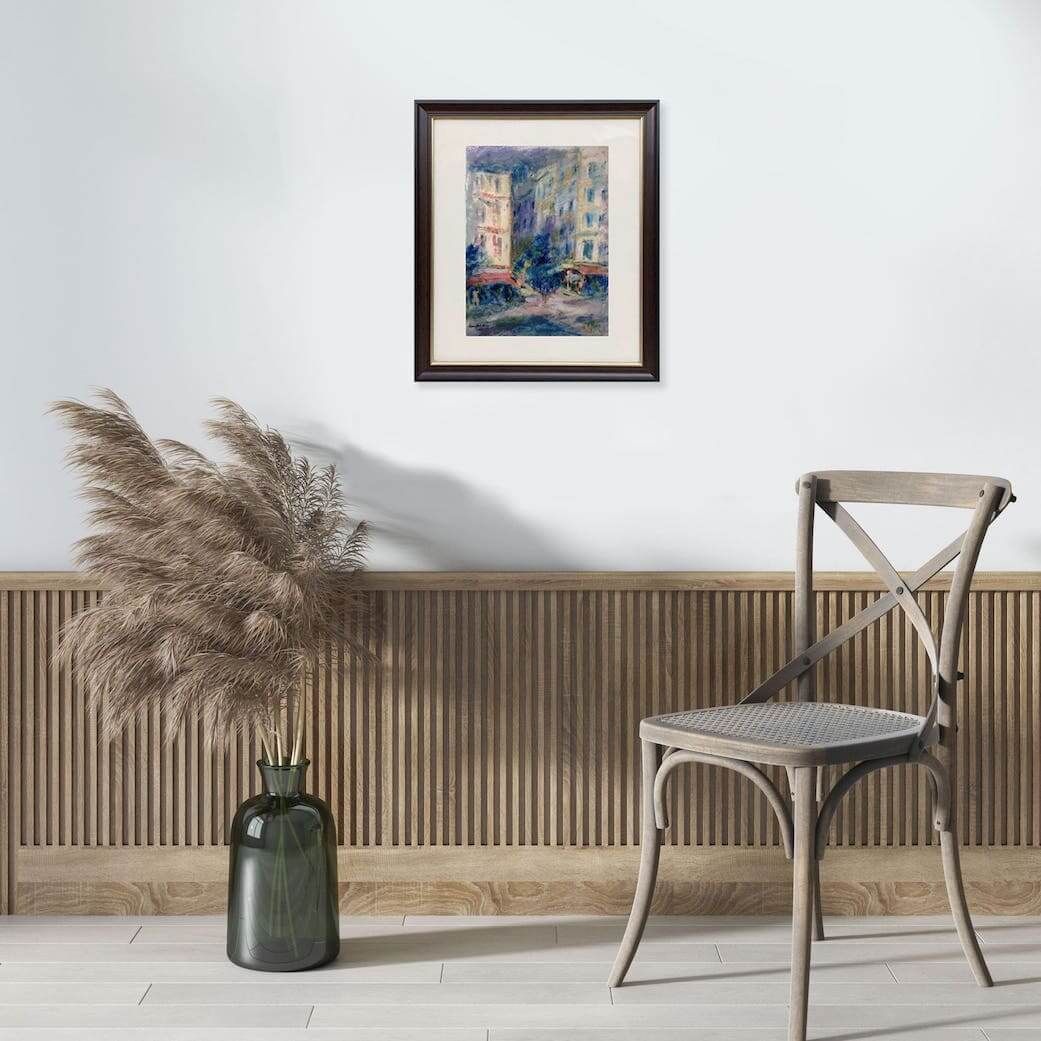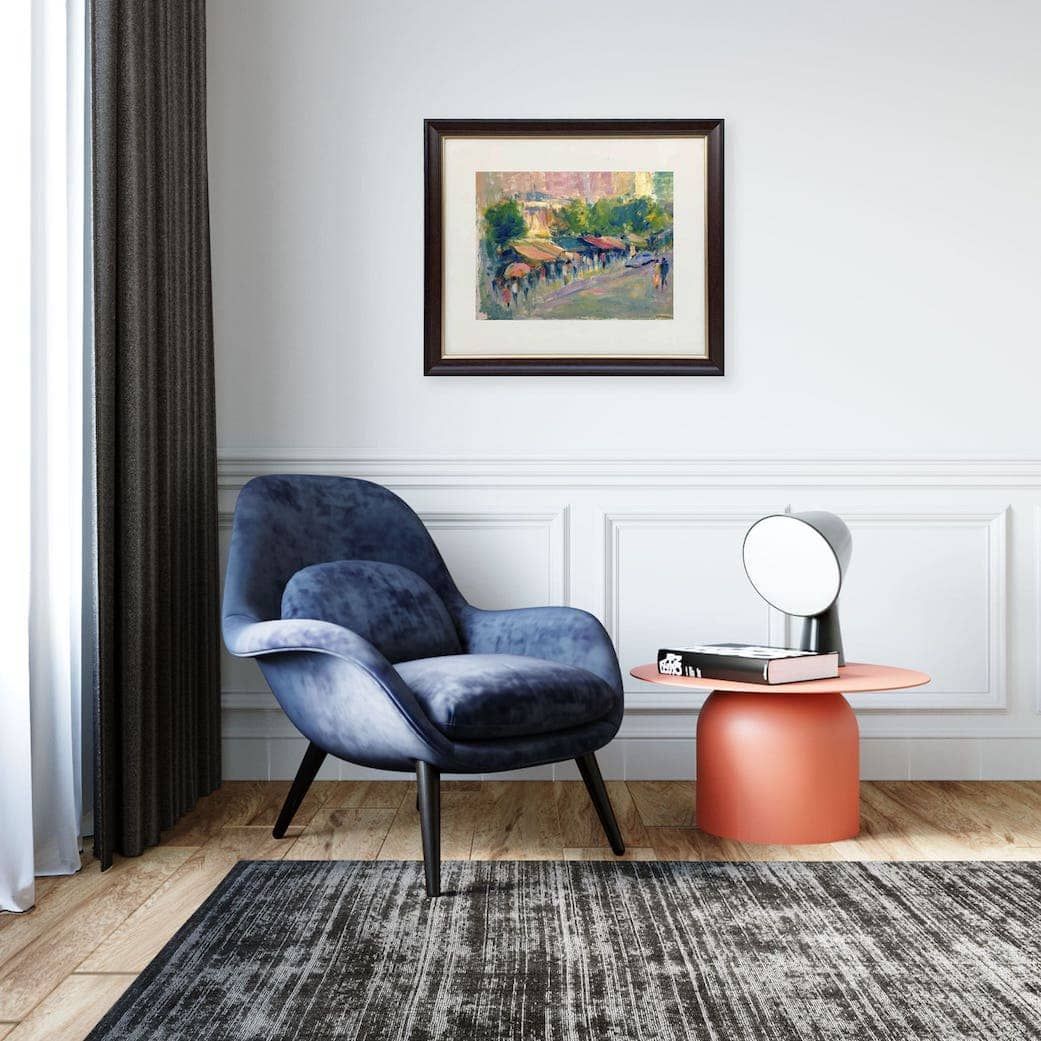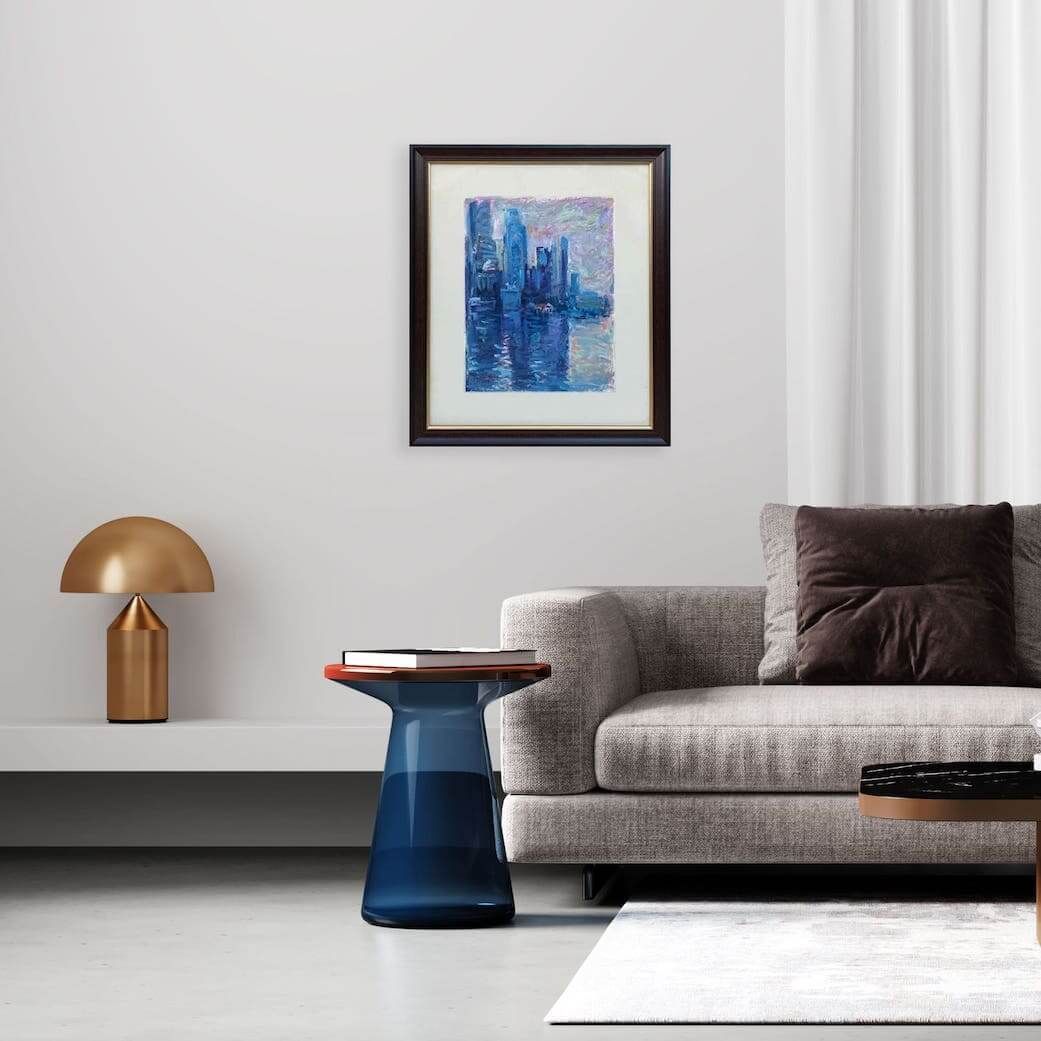How to Invest in Art: A Friendly Guide for New and Aspiring Collectors in Singapore
How to Invest in Art: A Friendly Guide for New and Aspiring Collectors in Singapore
So, you are looking to dive into the exciting world of art investment?
You are not alone. More and more people are turning to art not just for its beauty, but also for its potential for financial growth.
Investing in art, or "art investment", as we like to call it, is an exciting blend of culture, creativity, and smart money moves and can be incredibly rewarding, but it is essential to go in with your eyes wide open.
And if you are based in Singapore, you are in a vibrant market with a growing appetite for contemporary and regional art.
Many people are drawn to the idea of art investment, but the process can feel daunting.
Whether you are dipping your toes into collecting or thinking seriously about long-term gains, we will break down everything you need to know about investing in art, including tips on what type of art or which artists to invest in, specifically in Singapore.
So, grab a cup of coffee and let us dive in!
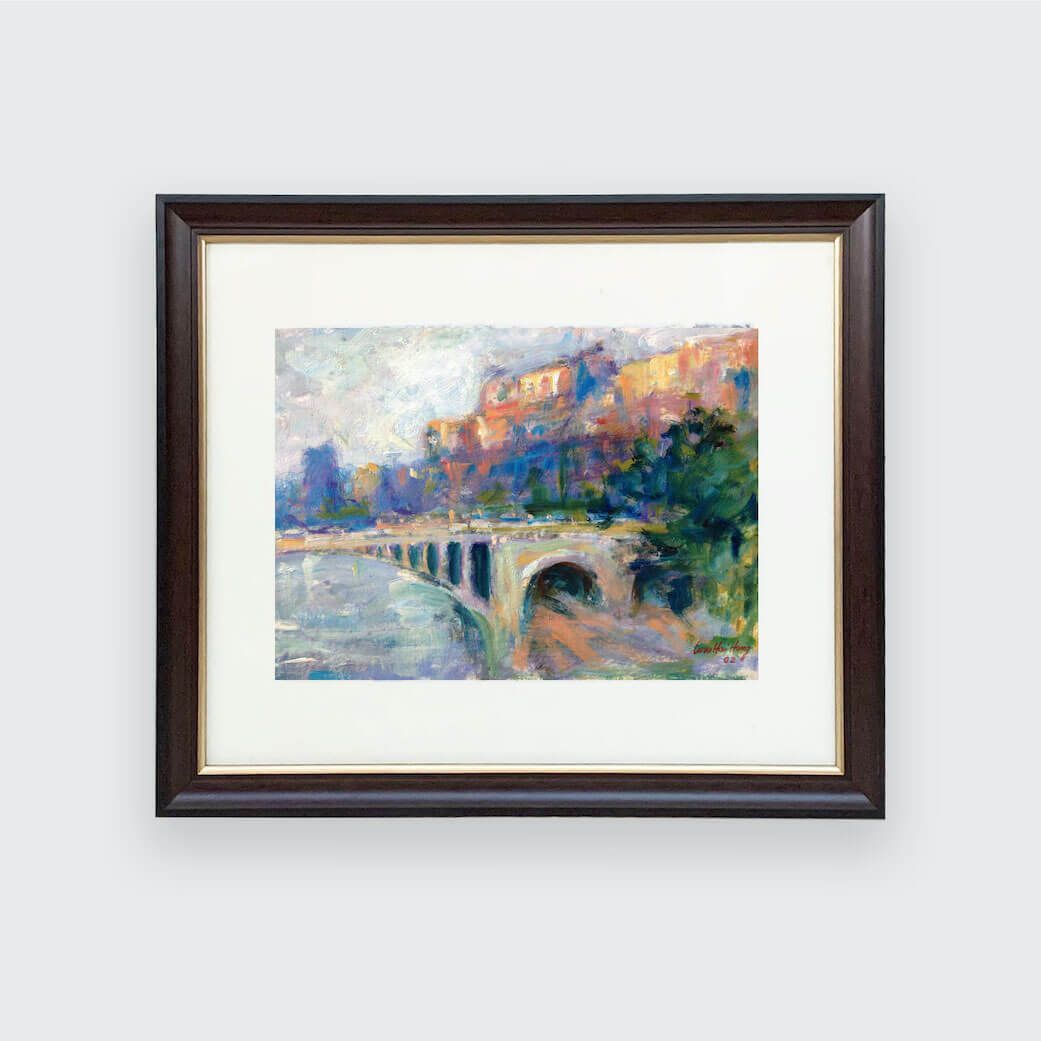
How to Invest in Art: A Step-by-Step Guide
Step 1: Understand Your “Why”
Step 2: Educate Yourself and Do Your Homework (Art Market Research is Key!)
Step 3: Start Smart: Define Your Budget and Risk Appetite
Step 4: Seek Expert Advice (Do Not Go It Alone!)
Step 5: Explore Different Avenues for Art Investment
Step 6: Maintain Your Collection, Think Long-Term and Diversify
Step 7: Treat Art as an Asset Class and Stay Informed
Step 8: Enjoy the Process
5 Key Tips for First-Time Art Investors
Common Mistakes to Avoid When Investing in Art
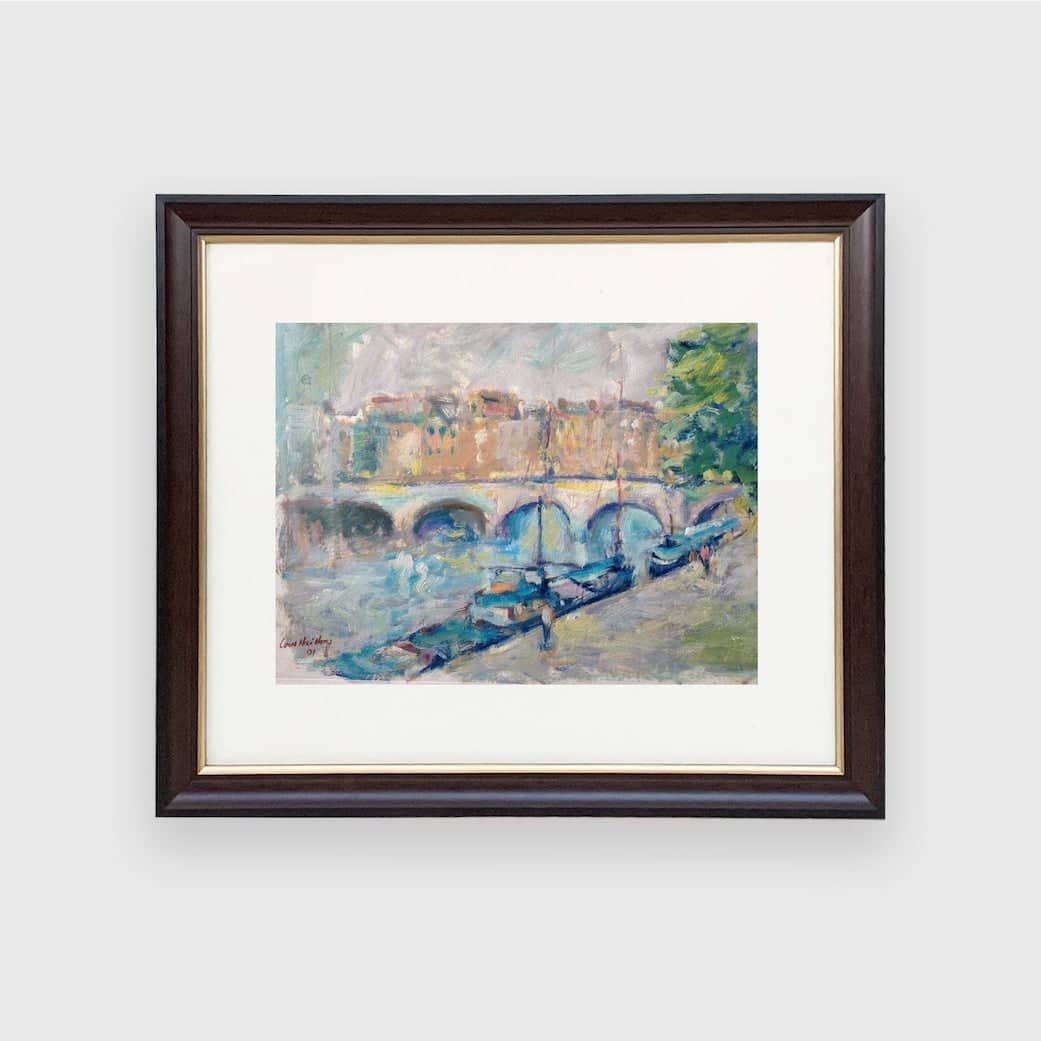
Final Thoughts: Is Art a Good Investment?
Investing in art can be a fulfilling and potentially lucrative endeavour. Remember, it is a long-term game.
While there is potential for financial gain, the true joy often comes from the aesthetic pleasure and the cultural enrichment that art brings into your life.
Take your time, educate yourself, set a budget, stay informed, build relationships with professionals, and you can navigate the art market with confidence.
Most importantly, invest in pieces that move you — and that you will be proud to display and own. Investing in art should be a joy first, and a return second.
Singapore is a wonderful place to start.
With its maturing market, rising local talents, and deep regional ties, you are well-positioned to build a collection that reflects both your taste and your financial goals.
By following these guidelines, you can make informed decisions and build a collection that not only brings you joy but also serves as a smart investment.
If you have any questions or need further advice, feel free to reach out. Let us embark on this artistic journey together!
